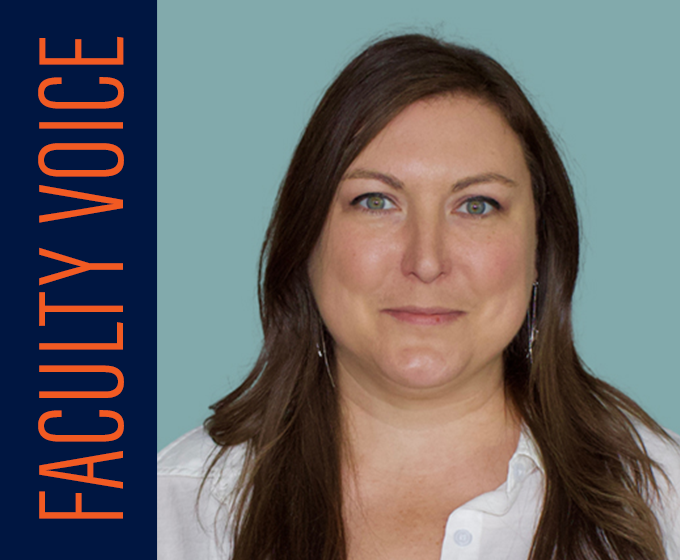
APRIL 6, 2024 — Editor’s note: The San Antonio Express-News ran the following op-ed online on (March 31) and in print on (April 1).
The past year has taken me down a lot of Texas back roads in preparation for the state’s two eclipses.
I’ve driven to places like South Llano River State Park and Enchanted Rock, where I led discussions with their parks staff about a unique NASA project dealing with eclipses and sound.
Having two eclipses cross over Texas in six months has brought potential for all kinds of exciting scientific research. It’s also produced incredible opportunities to get the community involved in science.
One of my favorite projects is Eclipse Soundscapes. This NASA project captures the sound variations of creatures such as bees, birds and bugs during an eclipse. As sunlight diminishes, their circadian rhythm is impacted, and they behave differently. The project offers a multisensory avenue for people to experience eclipses, and it connects NASA’s science with learners of all ages and abilities.
Another exciting project is making the eclipse more inclusive.
The LightSound project uses cellphone-size devices to translate the intensity of light into sound. On a normal sunny day, the LightSound boxes issue high-pitched tones. During an eclipse, though, as the moon begins to move in front of the sun and the intensity of the sun’s light decreases, the tone gets deeper. This spectrum of tones enables people who are blind and those with low vision to experience eclipses through changes in sound.
In the last year, the University of Texas at San Antonio has built and donated more than 30 LightSound devices as part of a nationwide effort. The idea began with Harvard University’s Allyson Bieryla, who helped develop the project for the 2017 Great American Eclipse.
The eclipses have also provided opportunities for UTSA researchers to get involved with schools across South Texas that are in the path of totality.
Sul Ross State University education professor Jennifer Miller-Ray, for example, invited UTSA researchers to the Sul Ross campus in Uvalde for a STEM literacy workshop. The university also has campuses in Alpine, Del Rio and Eagle Pass.
While in Uvalde, we met Sul Ross students in the Noyce Scholars en la Frontera program, which trains future STEM educators in school districts along the Texas-Mexico border. We discussed the learning opportunities eclipses provide to young students. We also shared Eclipse Soundscapes educational resources and encouraged the teachers to have their students participate.
On a trip to Eagle Pass, we introduced the Eclipse Soundscapes project to another group of future teachers and helped them develop eclipse-related lessons. Their students are participating in the Soundscapes project, too.
We’ve even worked to involve younger children by providing thousands of eclipse glasses and coloring books to schools in South Texas. Our eclipse-related collaborations are connecting astronomy-minded students from across the state, especially those in smaller communities that do not have astronomy classes.
Taking this celestial opportunity to local communities has been such a special experience. The total solar eclipse coming in April may only last a few minutes, but it’s an event with an impact extending far beyond distance and time.
Who knows? We may be shaping future generations of home-grown scientists.
UTSA Today is produced by University Communications and Marketing, the official news source of The University of Texas at San Antonio. Send your feedback to news@utsa.edu. Keep up-to-date on UTSA news by visiting UTSA Today. Connect with UTSA online at Facebook, Twitter, Youtube and Instagram.
Move In To COLFA is strongly recommended for new students in COLFA. It gives you the chance to learn about the Student Success Center, campus resources and meet new friends!
Academic Classroom: Lecture Hall (MH 2.01.10,) McKinney Humanities BldgWe invite you to join us for Birds Up! Downtown, an exciting welcome back event designed to connect students with the different departments at the Downtown Campus. Students will have the opportunity to learn about some of the departments on campus, gain access to different resources, and collect some giveaways!
Bill Miller PlazaCome and celebrate this year's homecoming at the Downtown Campus with food, games, giveaways, music, and more. We look forward to seeing your Roadrunner Spirit!
Bill Miller PlazaThe University of Texas at San Antonio is dedicated to the advancement of knowledge through research and discovery, teaching and learning, community engagement and public service. As an institution of access and excellence, UTSA embraces multicultural traditions and serves as a center for intellectual and creative resources as well as a catalyst for socioeconomic development and the commercialization of intellectual property - for Texas, the nation and the world.
To be a premier public research university, providing access to educational excellence and preparing citizen leaders for the global environment.
We encourage an environment of dialogue and discovery, where integrity, excellence, respect, collaboration and innovation are fostered.